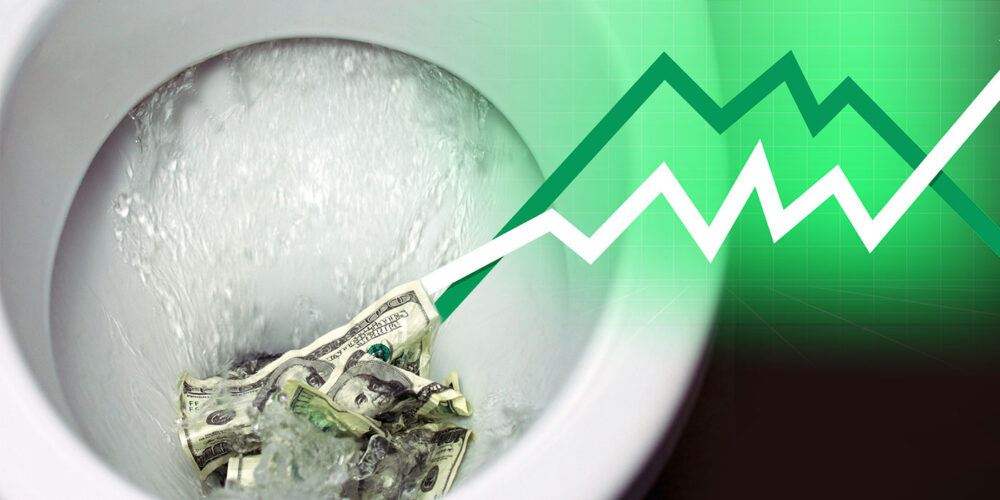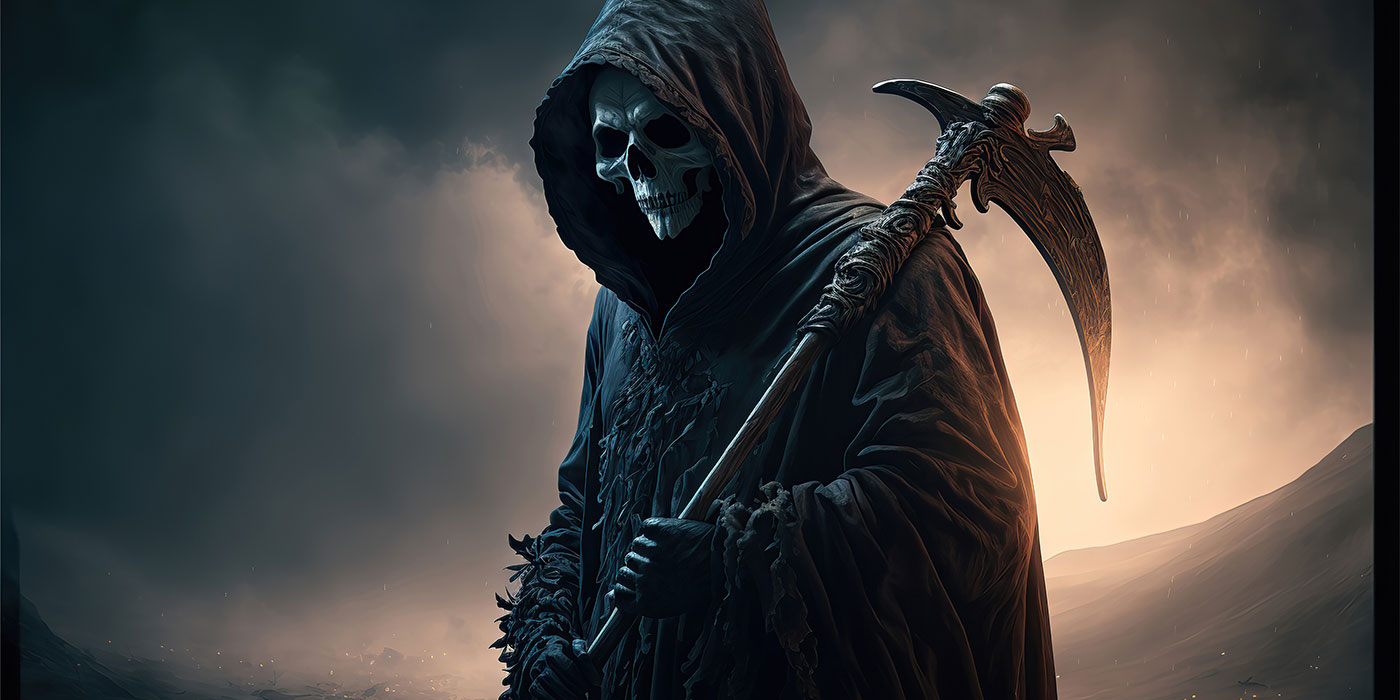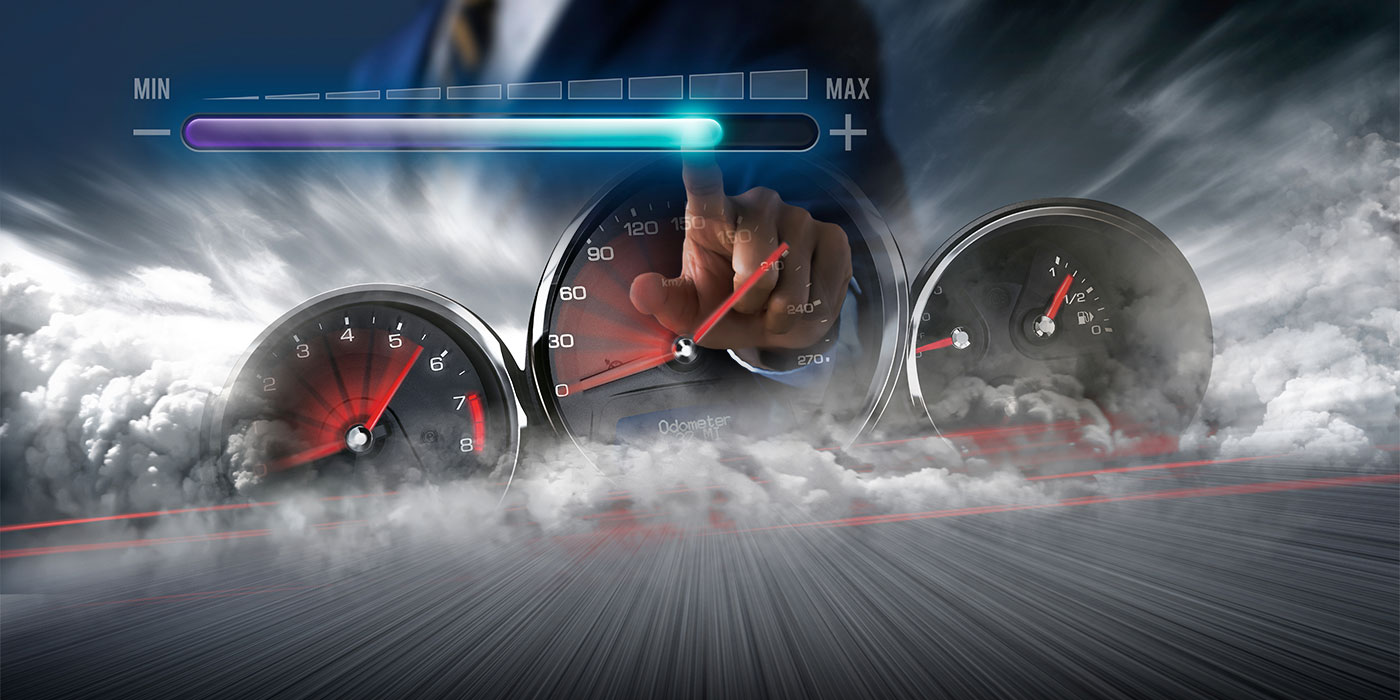Not another boring accounting article! No, not this time!
The mere whisper of the words “profit and loss” or “accounting” makes most collision shop owners run the other direction at 200 miles per hour. Most body shop owners enjoy fixing cars and making customers happy. Wouldn’t it be great to have that same confidence and excitement with your shop’s accounting? Wouldn’t it also be great to be able to quickly review your financials and know where you’re winning and losing so you can fix the problem immediately instead of bleeding out?
Winning vs. Losing
If you’ve been reading industry trade magazines, attending 20 Groups, listening to virtual education seminars and more, you know that all industry leaders are encouraging you to clean up your accounting and become just as confident of an owner as it relates to knowing where you’re winning and losing profit-wise. Industry leaders know that more than ever, knowing your numbers is going to be the defining difference between shops that are winning and shops that are losing.
Most shops that are grossing $3 million in yearly sales but not nurturing their financials are flushing $200,000 to $300,000 down the toilet annually.
I can promise you, if you do not have a clean profit-and-loss statement where you can compare profit with expense centers, you’re literally flushing money down the toilet. What if I told you most shops that are grossing $3 million in yearly sales but not nurturing their financials are flushing $200,000 to $300,000 down the toilet annually? This is because they have no idea where they’re losing money.
Did that get your attention?
Common Areas of Leakage
My consulting firm has reviewed thousands of financials and discovered that the most common areas of leakage in a collision center are:
Paint Shop
- The constant battle between painters and techs about quality of work; meanwhile, the painter is hammering heavy coats of expensive primer to hide.
- Overpours of all liquids
- Redos
- Materials walking out the door for side work
Parts
- Parts discounts changing unbeknownst to the shop owner
- Parts not being posted or being improperly posted and not being included on the repair order
- Parts being ordered for personal use and not getting paid for by the employee.
Sublet invoices not being posted
Tier 2 utilities and vendors slowly increasing fees and no follow-up to reduce
- propane
- QuickBooks
- coffee service
- uniforms
- alarm monitoring and more
Is finding $200,000 to $300,000 worth your time? I will answer that: yes! Finding this lost money starts by cleaning up your profit-and-loss statement. This can be a daunting task, no doubt, but well worth it. Think about it: In five years, that’s potentially $1 million of your money that is lost. Body shops can no longer survive in the current climate with this type of loss annually. Let’s find that lost money.
Keys to the Kingdom
The key to the kingdom is having a strong and trustworthy profit-and-loss statement. Achieving this takes time and work … and often outside help. Once you have this key, you’ll be able to find the lost money and plug the leaks in your ship.
You have to start by implementing a solid chart of accounts that is specific to a collision center (Mike Anderson of CollisionAdvice.com has great resources for body shop owners on his website that include a chart of accounts). Depending on the size of your shop, this chart could be slimmed down. Once the new chart of accounts is implemented, it’s important to integrate your management system with your accounting platform. You’ll no longer double-key everything from your estimating/management to your accounting software. This means you’ll send all your sales, expenses and payment information electronically to your accounting platform. This is accomplished through a process called importing and can be done daily, weekly or whenever you choose. If you’re importing daily, this allows you to keep your finger on the pulse of leakage. This practice becomes easy, intuitive and second nature, just like breathing.
A key part of importing to your accounting software is mapping. Mapping is telling the various profit and expense centers what accounts they should be directed with in your accounting software. For example, body labor income in your management system needs to be mapped, which is essentially directed to the body labor income account in your accounting software.
Along with mapping each account comes a lot of new best practices that must be considered and an associated process that works for your shop to avoid any duplication of imports. For example, if you close a file, the file will be imported into your accounting software the next time you import. If you reopen that file and make any changes for any reason and close it again, it will import again into your accounting software. Obviously, this is extremely problematic. An easy solution to avoid this pitfall is having the permissions set where there is only one person who possesses the right to close and re-open files.
Another pitfall stems from the estimating table and/or manual entries. It is key to ensure that every item within the table is coded and consequently mapped to the appropriate profit center. If this is not done, you’ll find that unmapped items will fall into miscellaneous income rather than the appropriate profit center, essentially causing garbage in and garbage out and unreliable financials, which are of no help to anyone.
Many shops dive into importing and run into these double-importing pitfalls and get overwhelmed. Not having support or somewhere or someone to turn to likely means failure. The question is, how do you bridge this gap? Most shop owners are easily overwhelmed by this process and end up hiring a professional. When hiring a professional to help you, it’s necessary to first do your homework. There are a lot of people who know accounting but do not know or fully understand the complexities of body shop accounting. It’s a lot like the collision repair business: We would never take a Tesla to a shop that is not qualified to repair a Tesla.
Mike Anderson and his team are a great resource in that they offer all levels of help you can trust to assist you with cleaning up your accounting, including education, which is key to this process. You must have trust through this process — trust that the data is correct and trust that your support, guidance and help is competent and reliable. The end goal is to produce a profit-and-loss statement that is reliable and accurate.
It’s all about baby steps, and sometimes the project is challenged with time constraints, frustration and monetary constraints, to name a few. Be kind to yourself through the process and know there will be moments you question everything and everyone.
Another option is breaking the project up into two pieces: sorting out the best chart of accounts for your needs and then hiring your accountant to handle implementation. Your accountant can efficiently clean things up within your accounting software, then focus on integration of your management system to your accounting software. Again, you can look to Mike Anderson with Collision Advice for guidance. CCC also has a department dedicated to mapping and a staff that can help you to a degree. Dyan Shepherd and Tony Passwater with AEII are also great resources.
Resources
Mike Anderson, Collision Advice
(703) 898-0715
Dyan Shepherd, financial analyst
(630) 461-8128
Tony Passwater, AEII
(317) 290-0611
CCC, Mapping and Integrations
(800) 637-8511














